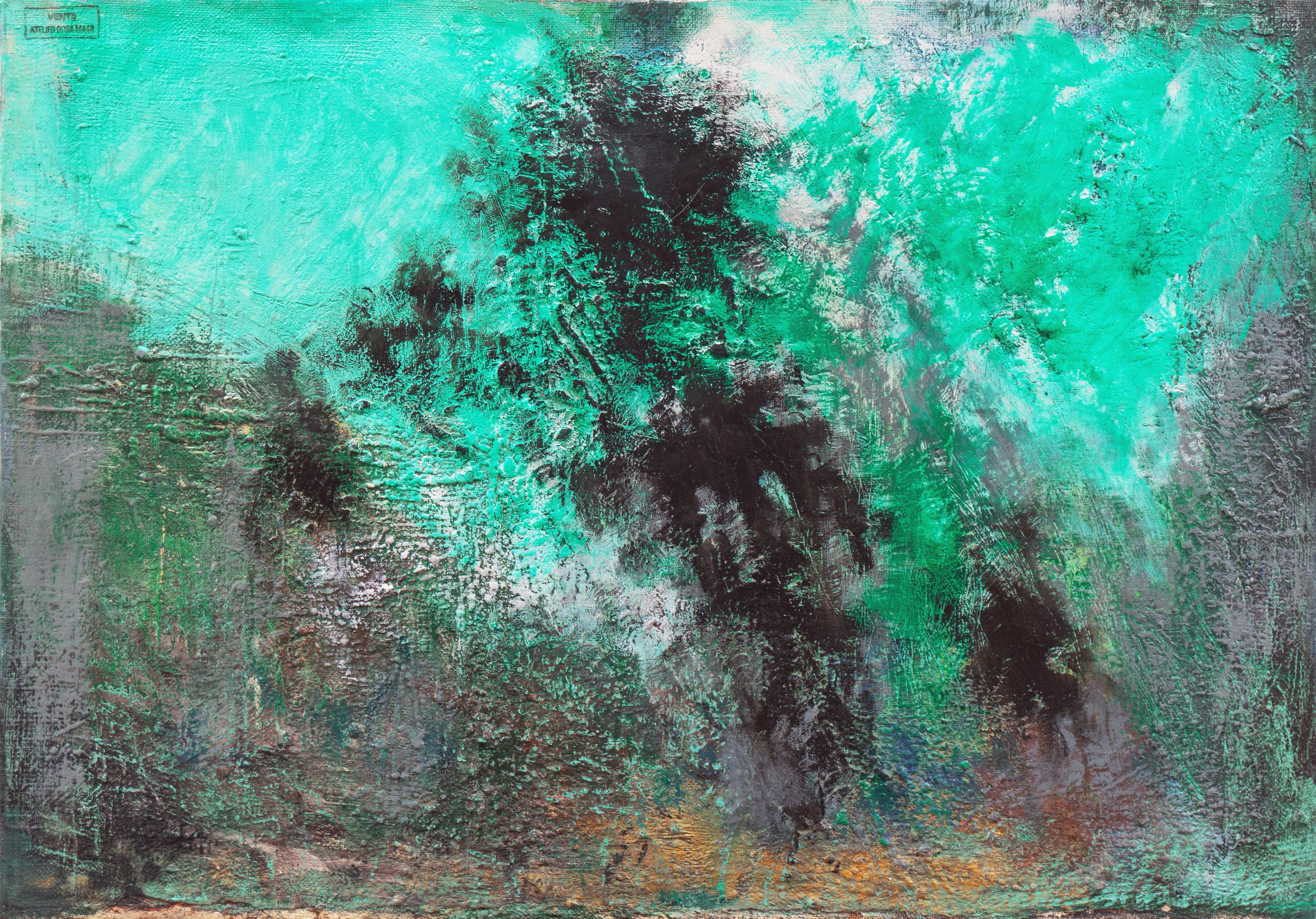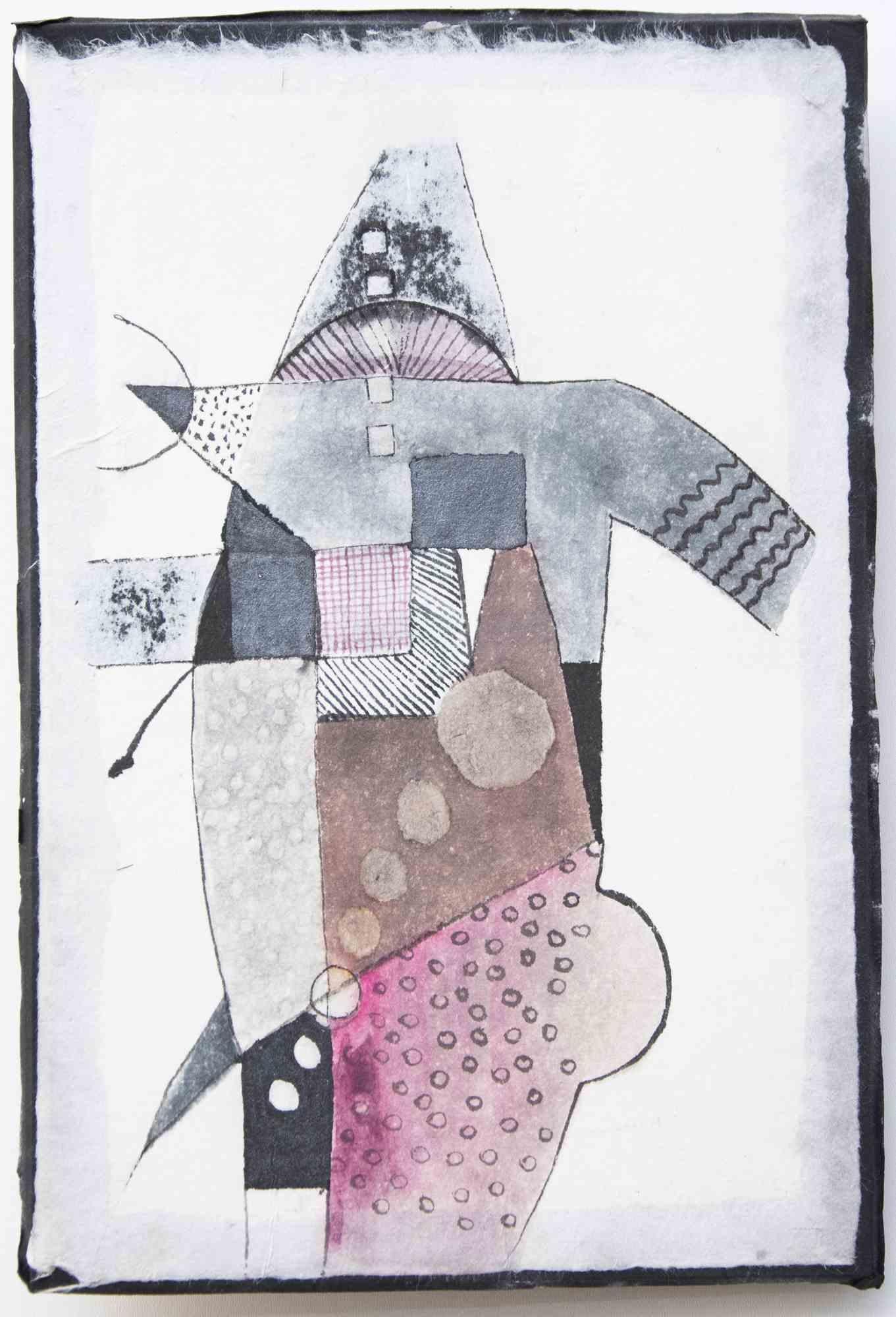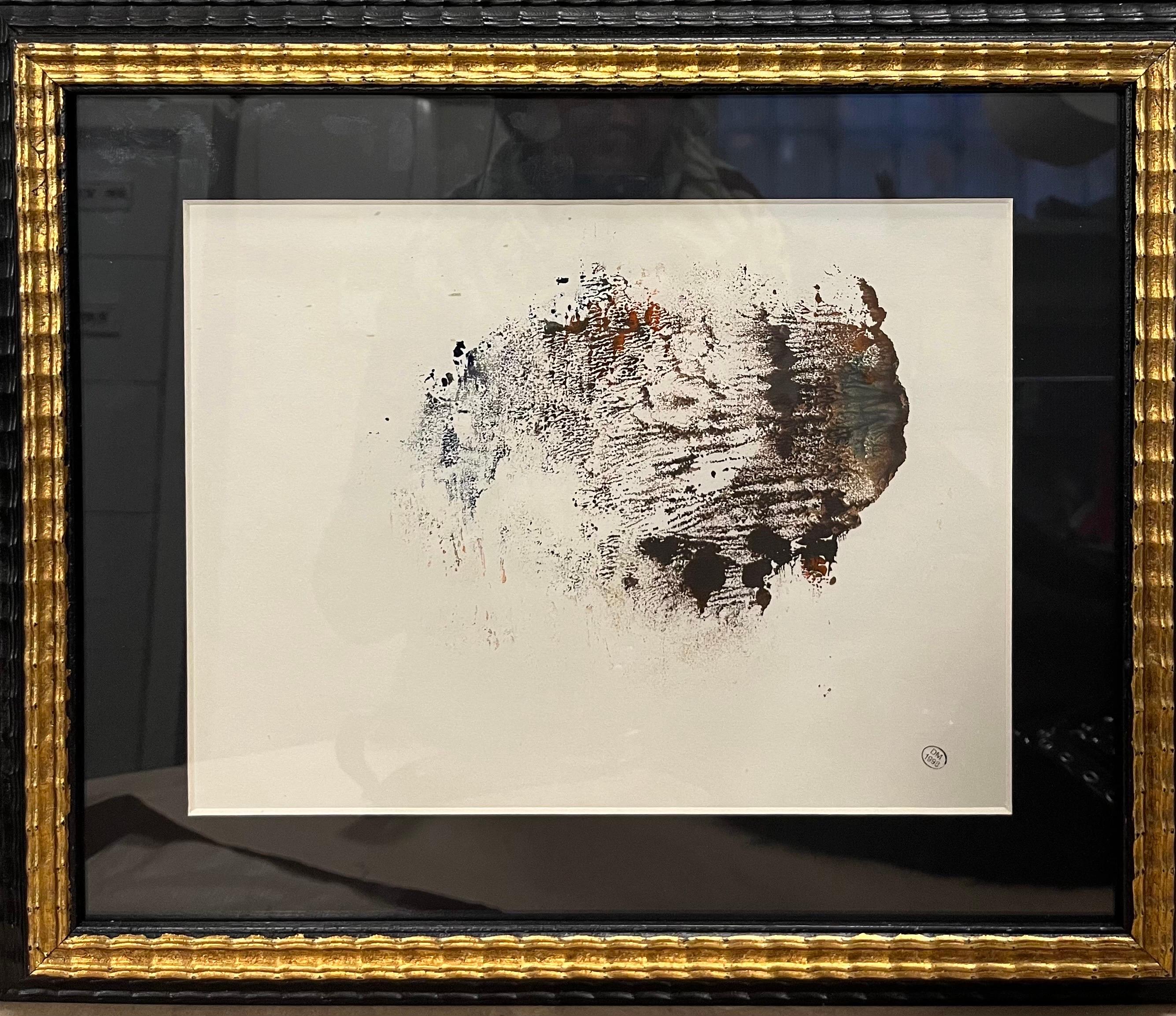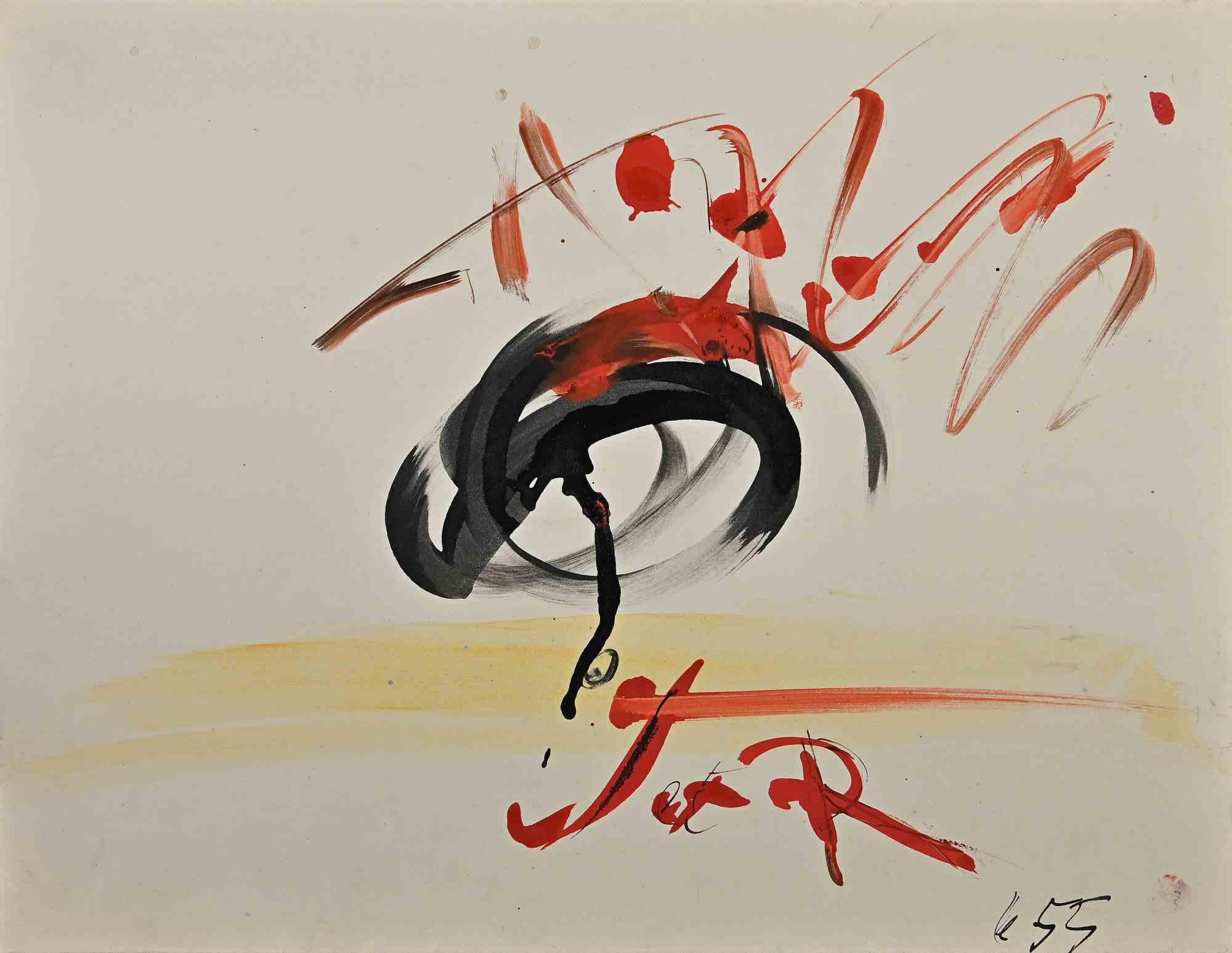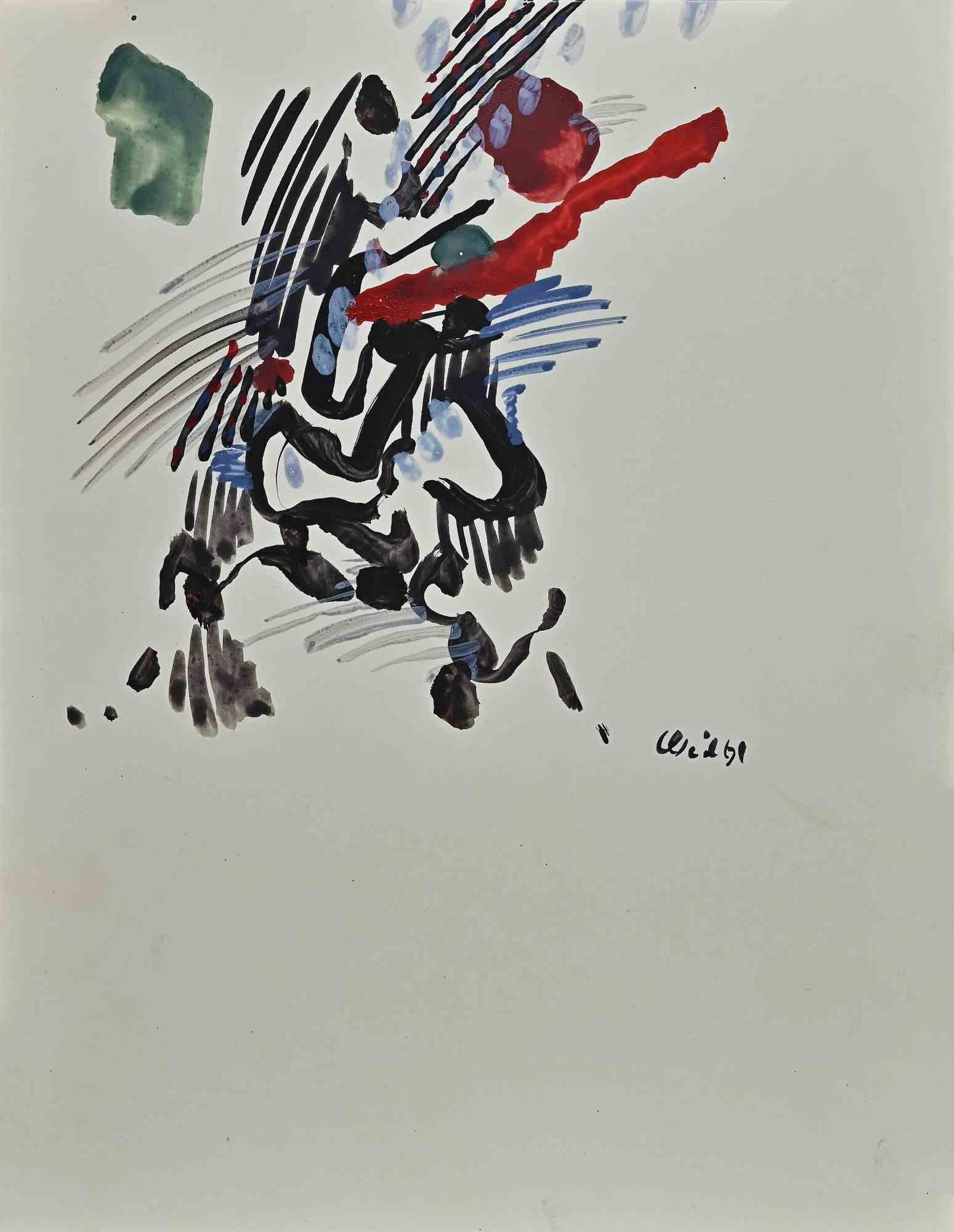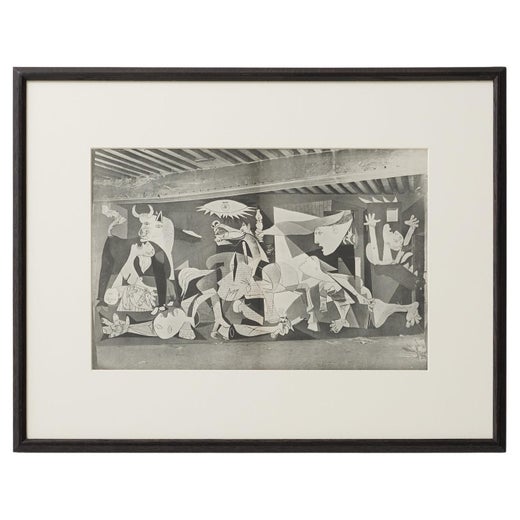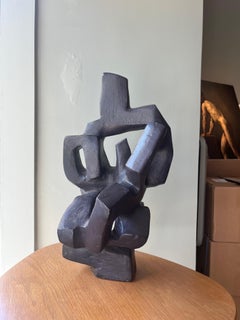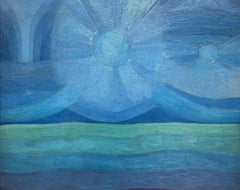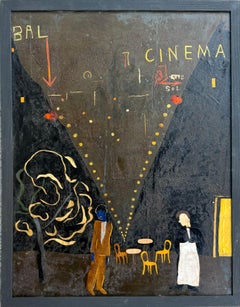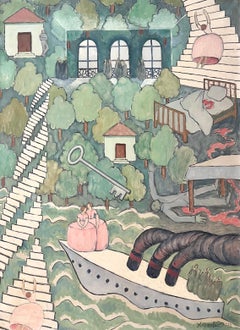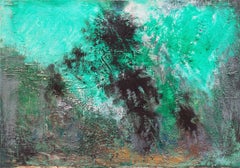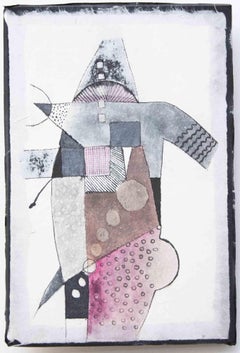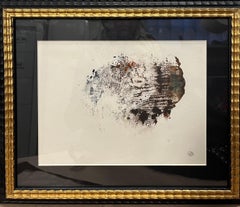Items Similar to Abstract composition
Want more images or videos?
Request additional images or videos from the seller
1 of 7
Dora MaarAbstract composition
$1,924.09
£1,400.53
€1,600
CA$2,618.89
A$2,929.39
CHF 1,524.47
MX$36,061.79
NOK 19,394.44
SEK 18,195.81
DKK 12,176.35
Shipping
Retrieving quote...The 1stDibs Promise:
Authenticity Guarantee,
Money-Back Guarantee,
24-Hour Cancellation
About the Item
Dora Maar
Abstract composition
Oil on paper
21 x 29.5 cm (31,2 x 39,3 cm with frame)
Signed lower right
Stamp of the sale of his estate (1998) lower right
- Creator:Dora Maar (1907 - 1997, French)
- Dimensions:Height: 8.27 in (21 cm)Width: 11.62 in (29.5 cm)
- Medium:
- Movement & Style:
- Period:
- Condition:
- Gallery Location:PARIS, FR
- Reference Number:1stDibs: LU2834216322482
Dora Maar
Henriette Theodora Markovitch, known as Dora Maart, was a French photographer and painter. She was also known as model of several paintings by Picasso.
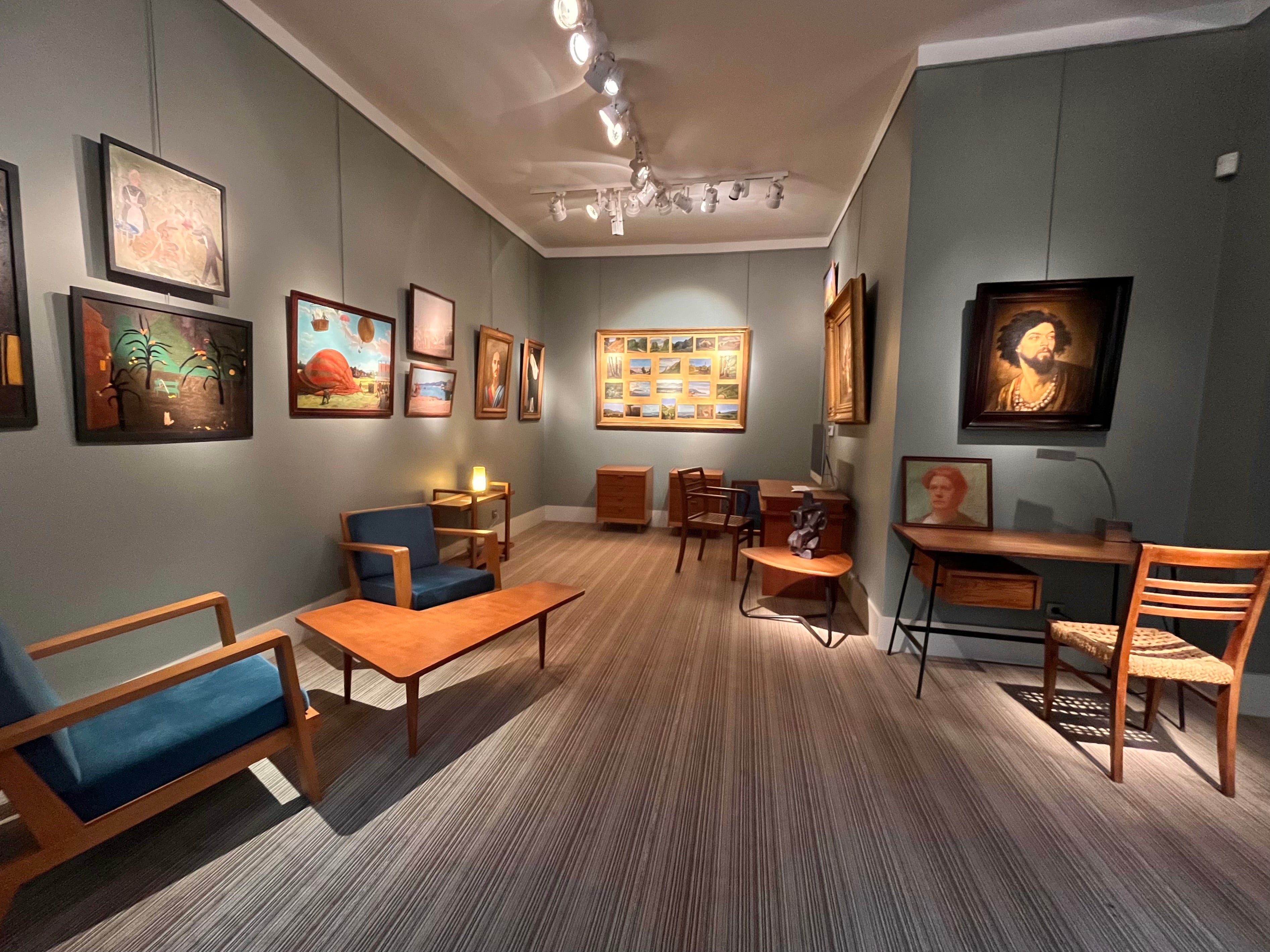
About the Seller
New to 1stDibs
Joined in the past six months.
No Reviews Yet
Vetted Professional Seller
Every seller passes strict standards for authenticity and reliability
Established in 1997
1stDibs seller since 2025
Typical response time: 13 hours
- ShippingRetrieving quote...Shipping from: PARIS, France
- Return Policy
Authenticity Guarantee
In the unlikely event there’s an issue with an item’s authenticity, contact us within 1 year for a full refund. DetailsMoney-Back Guarantee
If your item is not as described, is damaged in transit, or does not arrive, contact us within 7 days for a full refund. Details24-Hour Cancellation
You have a 24-hour grace period in which to reconsider your purchase, with no questions asked.Vetted Professional Sellers
Our world-class sellers must adhere to strict standards for service and quality, maintaining the integrity of our listings.Price-Match Guarantee
If you find that a seller listed the same item for a lower price elsewhere, we’ll match it.Trusted Global Delivery
Our best-in-class carrier network provides specialized shipping options worldwide, including custom delivery.More From This Seller
View AllProject of Maison Habitacle
By André Bloc (b.1896)
Located in PARIS, FR
André Bloc (Alger 1896 - New Delhi 1966)
Project for Maison habitacle
Plaster
H 45 x L 23 x P 20 cm
Traces of stamp (signature) below
Category
20th Century Abstract Abstract Sculptures
Materials
Plaster
Sunrise
Located in PARIS, FR
William Aguet (Paris 1892 - Lausanne 1965)
Sunrise
Oil on cardboard
48.7 x 59.4 cm
61 x 71.4 cm with frame
Signed lower right
Marked on the back "1904"
Category
Mid-20th Century Landscape Paintings
Materials
Oil
$6,974
Cinema
Located in PARIS, FR
Olga Vassilievna CHOUMANSKY
Collage on cardboard
80,5 x 61,3 cm (85,4 x 65,7 cm with frame)
31.6 x 24.1 in (33.6 x 25.8 in with frame)
Category
Mid-20th Century Mixed Media
Materials
Cardboard
The Dream
By Yvonne Sjoestedt
Located in PARIS, FR
Yvonne Sjoestedt (1894 - 1966)
The Dream
1938
Oil on canvas
130 x 97 cm (134,6 x 102,3 cm with frame)
Signed and dated lower right
Category
1930s Landscape Paintings
Materials
Canvas, Oil
Three drawings of View in Egypt
Located in PARIS, FR
1.Ruins by the river
Watercolor
50 x 33 cm
Signed lower right
2.Tomb
Black pencil with white chalk highlights 32 x 25 cm
3.Méharée
Black chalk with colored highlights
29.8 x 43.2...
Category
1930s Landscape Paintings
Materials
Chalk, Watercolor
23 Landscapes of South of France
Located in PARIS, FR
Wissour
circa 1850
23 landscapes in the South of France
Oil on paper
112,6 x 173,9 cm with the frame
Signed on severals paper on the back
Category
Mid-19th Century Landscape Paintings
Materials
Paper, Oil
You May Also Like
French Abstract
Located in Houston, TX
Marbled French abstract aquatint of flowing motion, 1963. Signed lower right.
Original artwork on paper displayed on a white mat with a gold border. Archival plastic sleeve and Cert...
Category
1960s Abstract Drawings and Watercolors
Materials
Ink
'Abstract, Turquoise and Gray', Paris, Picasso, Andre L'Hote, Guernica, Benezit
By Dora Maar
Located in Santa Cruz, CA
Signed verso with artist monogram 'DM' for Dora Maar (Argentine-French, 1907-1997); additionally impressed, upper left, with Dora Maar Estate stamp, Maison de la Chimie sale, Paris; October, 1998.
In addition to her central role as Picasso's model and lover, Dora Maar served as his constant muse during the period of his creation of Guernica for which she also served as model for the lantern-holder, appearing at upper right. Prior to embarking on her two-year relationship with Picasso, Maar had already produced a widely-respected body of work and was celebrated as an influential and cutting-edge photographer. Nevertheless, it is her high-profile relationship with Picasso and her own personality- both in publications about Picasso and in those dedicated to her own life and work- that have acquired particular significance in art-historical literature.
Maar's close link to the Surrealists, however, derived from her personal radiance and enigmatic personality as well as to the conscious and politically-informed artistic perspective that underlay her cutting-edge photomontages of the 1930s. Her increasingly radical political views during this period reinforced Picasso's own awareness of the deteriorating international political situation and of the civil war in his homeland. This heightened awareness culminated in the creation of "Guernica', his supreme artistic and political statement of the 1930's.
Born in 1907, Henrietta Theodora Markovitch adopted the pen name of Dora Maar during the first years of her photography career. Growing up in Buenos Aires and Paris, she learned to speak French, Spanish and English fluently and, from 1927 on, attended the Art Academy of Andre L'Hote in Montparnasse. At the Academy, she studied painting but, by the end of the 1920s, she had transferred to the Ecole de Photographie de la Ville de Paris. In the early 1930s, she founded a photographic studio together with Pierre Kfer, who was later to make a career as stage designer. Numerous fashion and advertising photography shoots resulted from this collaboration and these were soon followed by her first Paris exhibitions.
Dora Maar's photographic style during the 1930s show clear, surrealist characteristics. In her photographs and photomontages, she frequently played with shifting proportions, thus echoing an important feature of surrealist pictures. This tendency was augmented by the combination of disparate objects, which robs the photographs of their character of reflecting extreme reality, converting them to expressions of inner visions and psychic states. In parallel to these surreal photographs, Dora Maar produced sobering documentary photographs of her urban environments in Paris, London or Barcelona. Repeatedly, she records, in her photographs, the underprivileged, the unemployed and homeless, the socially disadvantaged and the physically deformed. It was precisely the simplicity of these photos that enabled Dora Maar to give the day-to-day and the ugly a magnificent monstrosity in which the beautiful and the horrible blend into one another. This recorded reality is thus accompanied by a level of inner associations, fears and visions.
This present work, painted in the 1930's, remained in Dora Maar's possession until the end of her life, and shows her early interest in abstraction and her preoccupation with the complex inter-relationships of color and form.
This painting is accompanied by a first edition copy of...
Category
1930s Abstract Abstract Paintings
Materials
Canvas, Oil
Abstract composition -Drawing by Unknown -20th Century
Located in Roma, IT
Abstract composition is an original contemporary artwork realized by Anonymous Artist of the late 20th Century.
Mixed colored watercolor on paper glued on a wood panel.
Category
20th Century Contemporary Abstract Drawings and Watercolors
Materials
Watercolor
$313 Sale Price
25% Off
"Abstract composition" mixed media on paper cm. 26 x 20
By Dora Maar
Located in Torino, IT
Black,White,Picasso,abstract
Atelier stamp lower right
Dora Maar, original name Henrietta Theodora Markovitch (Marković), (born November 22, 1907, Paris, France—died July 16, 1997, ...
Category
1950s Abstract Drawings and Watercolors
Materials
Paper, Mixed Media
Abstract Composition - Drawing - Late 20th Century
Located in Roma, IT
Abstract Composition is a contemporary artwork realized by an anonymous artist in the late 20th Century.
Watercolor on paper. Good conditions.
The artwork is created through deft q...
Category
Late 20th Century Abstract Abstract Drawings and Watercolors
Materials
Watercolor
$523 Sale Price
25% Off
Abstract Composition - Watercolor Drawing - 1950s
Located in Roma, IT
Abstract Composition is a contemporary artwork realized the mid-20th century..
Watercolor on paper.
Hand-signed on the lower margin.
The artwork is created through deft quick stro...
Category
1950s Abstract Abstract Drawings and Watercolors
Materials
Watercolor
$492 Sale Price
25% Off
More Ways To Browse
Vintage Attends
Portrait In Blue
Pop Art Signed Print
1959 Painting
Small Landscape Painting
American Lithographs
Painting By Women Artists
21st Century Modern Paintings
Landscape Paintings With Sky
Public Sculpture
Modern Etching
Vintage Art Times
Antique Figurative Paintings
Abstract Art Orange
Contemporary Dark Art
Paintings From 1979
Blue Black Painting
London Oil Painting
